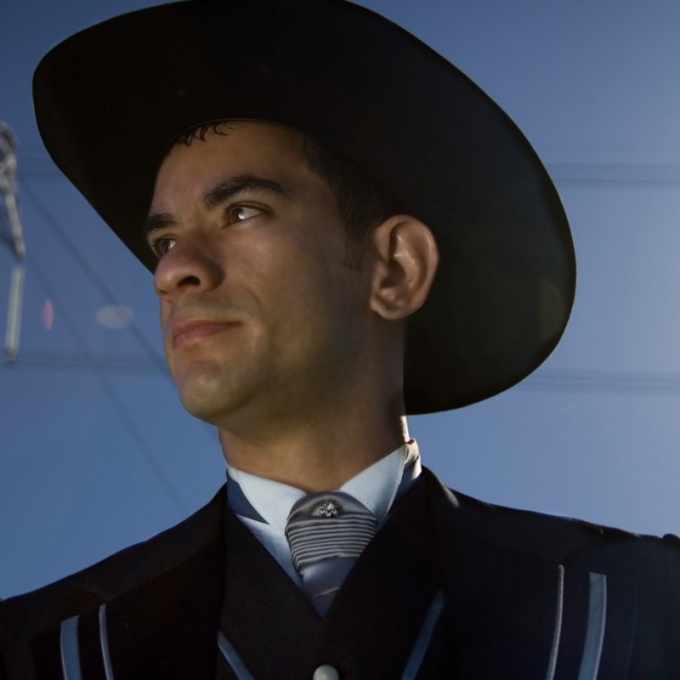You will need
- - working fabric;
- centimeter;
- pattern;
- - interlining;
- - iron
- - remnant;
- - sewing machine;
- - tailor scissors;
- thread;
- - pins;
- needle.
Instruction
1
Choose the right fabric for neckerchief. Be sure to try a piece to the touch – it should be pleasant to wear, and it is well to give the drape. Traditionally, this accessory is sewn from natural silk; or synthetic or delicate blended fabric.
2
Choose the colors of the working fabric, depending on the kind of neckerchief. If you are going to perform a foulard (it is also called a "free tie"), it is appropriate to print and bright colors. Ascot and plastron is usually plain, more strict style of performance. Plastron for the groom's suit is recommended to be done in a single tone with the bridesmaid's dress.
3
Take the foulard in the form of narrow strips of fabric which can in the width of about 10 cm, and in length from 80 cm to meters (to be able to drape a accessory around the neck). The all details make a triangle. Plastron and Ascot draw a similar, but wider. Leave the edges of the allowances to 1 cm.
4
Produce cut muffler first adhesive interlining, then transfer the pattern on the main fabric and the lining priutyuzhte.
5
Draw a pointed remnant dotted line to cut on the working cloth he should definitely be on the bias line (the angle of 45 degrees). If you are using silk or other fabric with a slippery surface, when you run a pattern, secure the piece with pins.
6
Run two identical parts cut and make a neat cut. It is recommended to silk cut tailoring scissors zigzag to the edge formed Terry.
7
Store details neckerchief "face" to each other, nadsekite allowances on the corners and run the connecting seam, leaving one end of the unbound products.
8
Form in the middle of the muffler horizontal pleats and secure them using the iron and a few hand stitches. It is necessary that an elegant accessory does not protrude from under the collar and always neatly looked.
Note
Without a certain skill to turn stefanny men handkerchief pretty hard. Try to do this with a thick long thread and needle. Secure the thread with a couple of stitches on the triangular end of things and pull it through the scarf until the thing will not turn over there.
Useful advice
You can make the scarf thinner, without the nonwoven fabric and even in a single layer. To do this, simply find the product and cover the edges with overlock.
